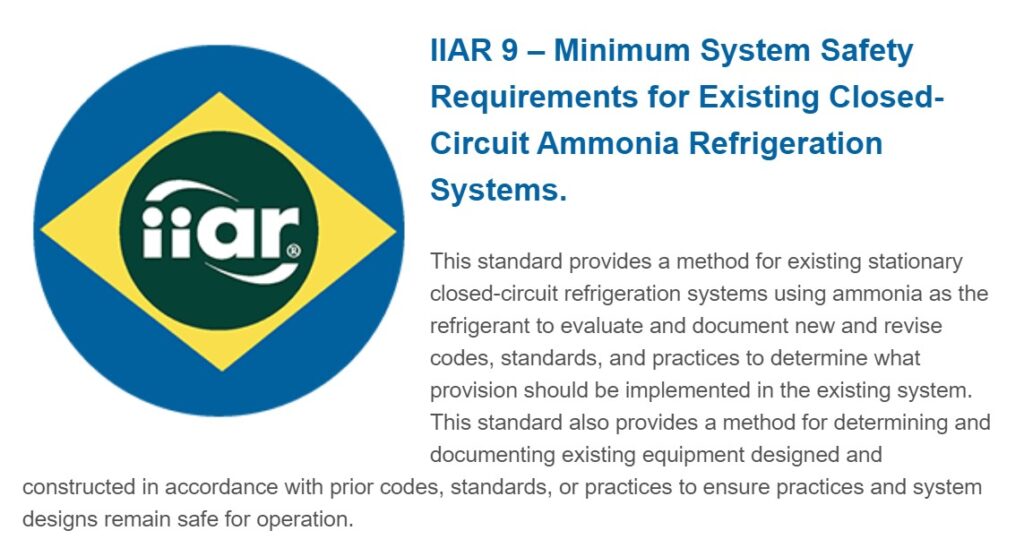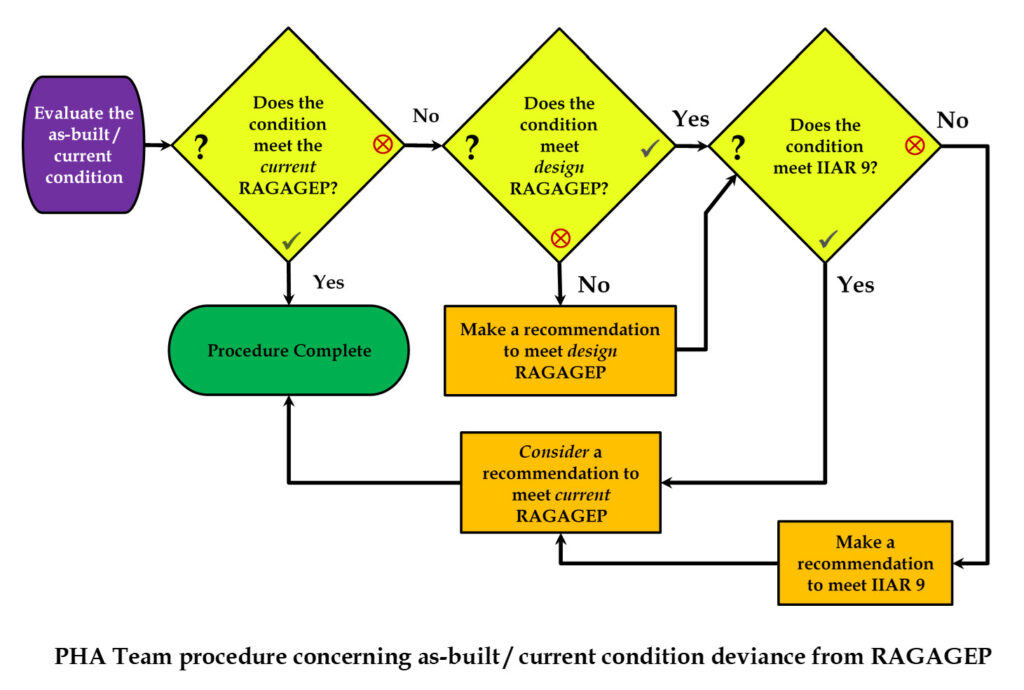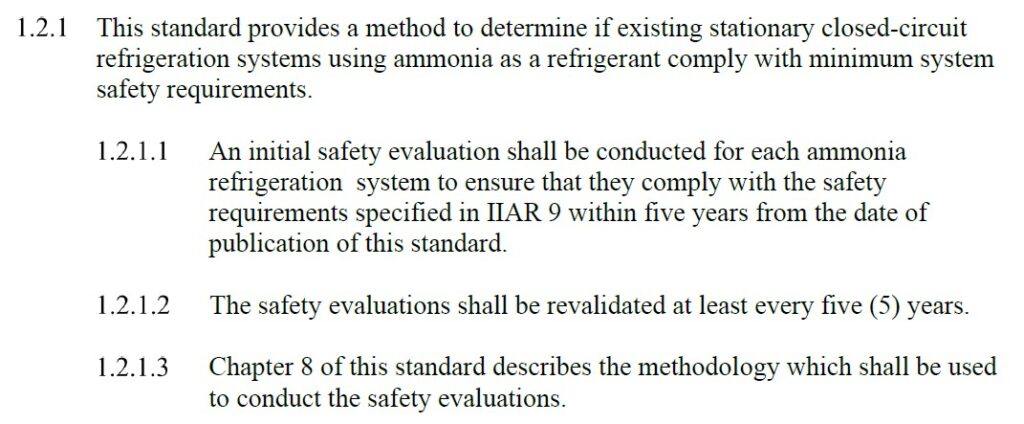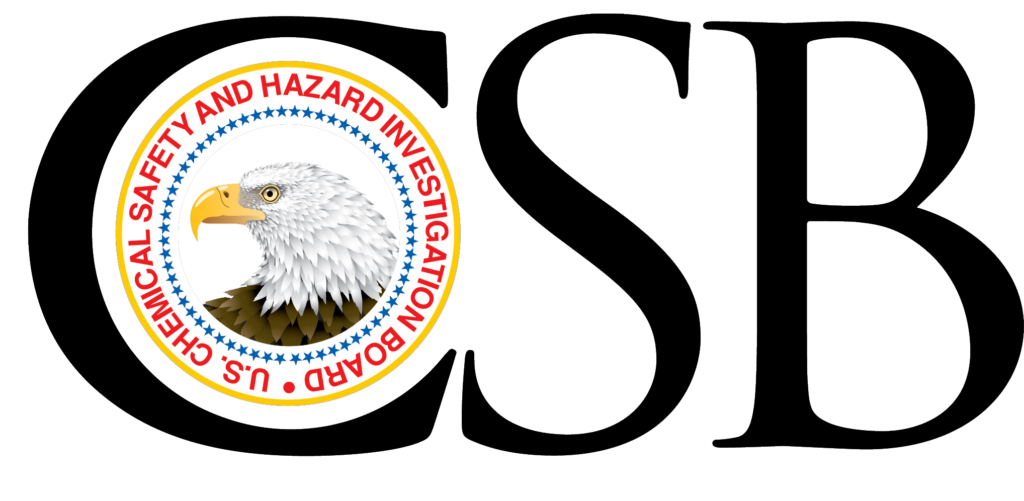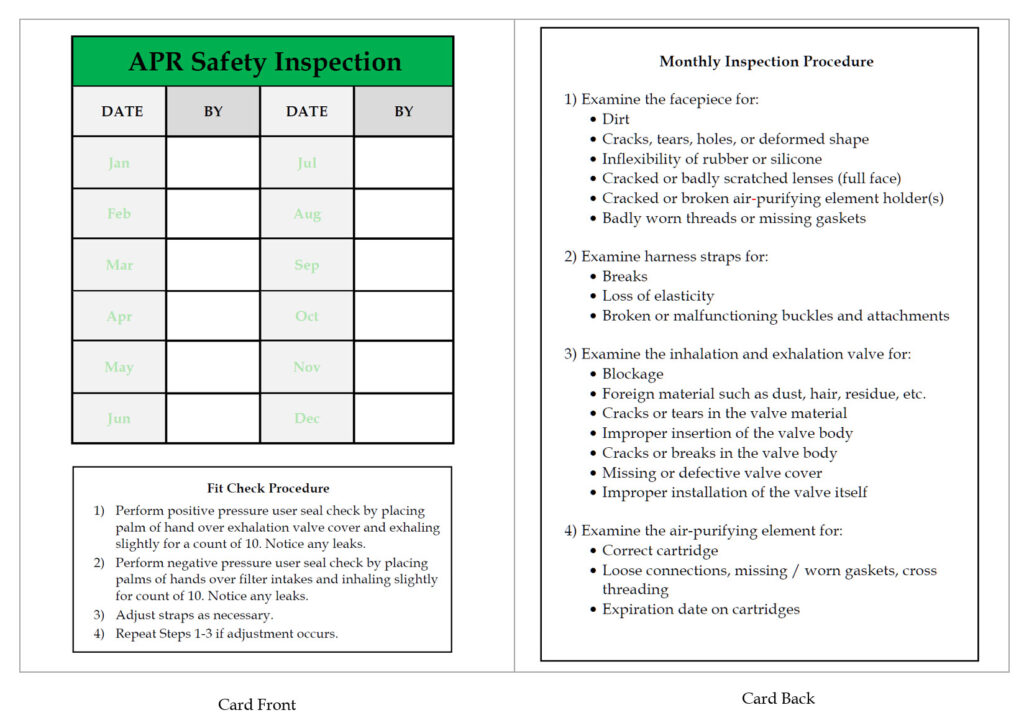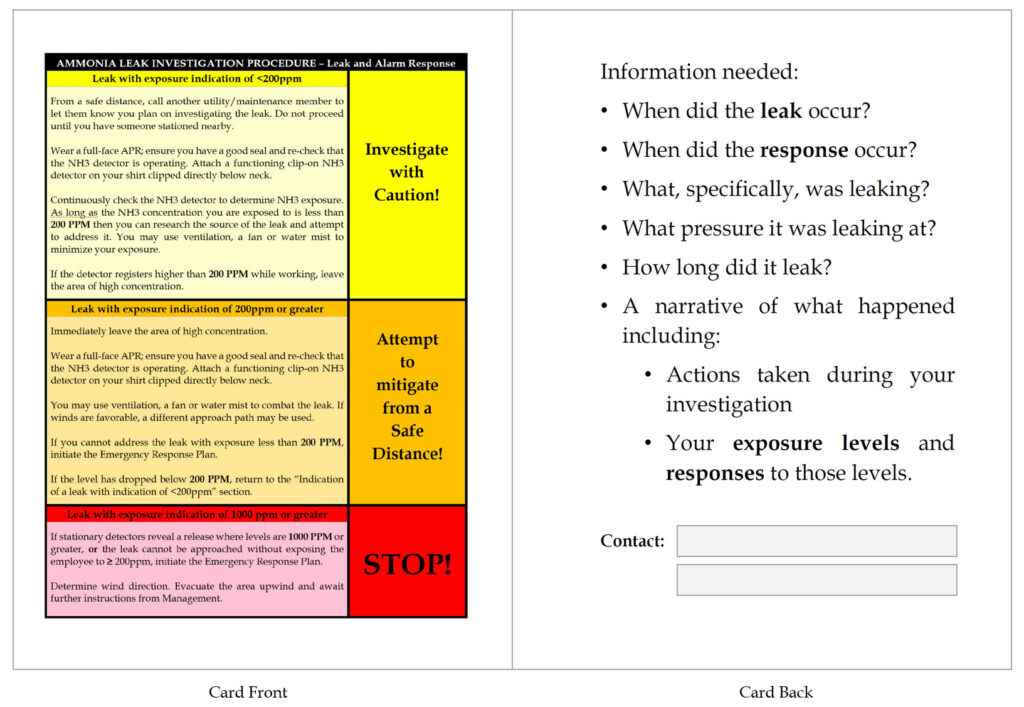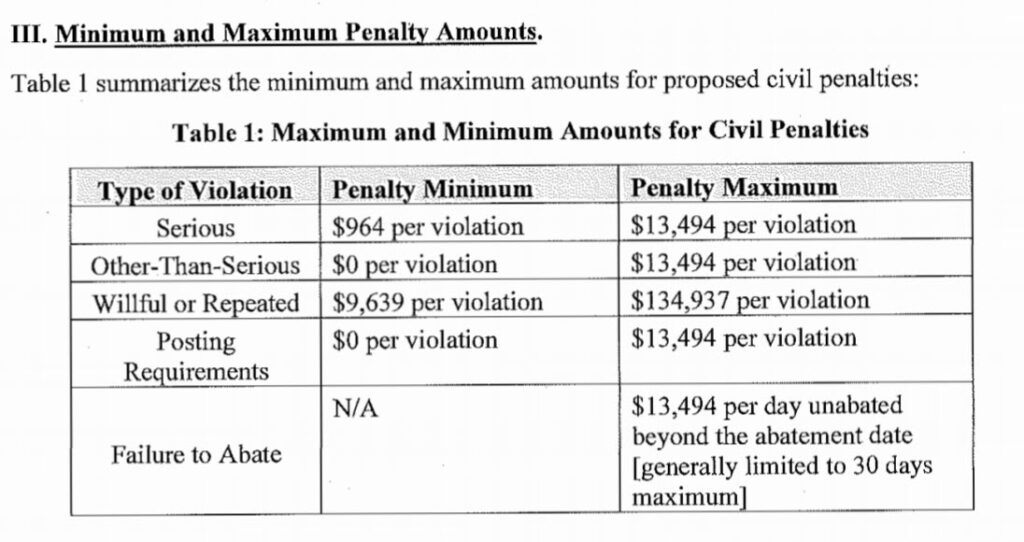Of all the PSM/RMP requirements, the Management of Change element is the most consistently problematic. Most of the difficulty is in answering two questions:
- The compliance question: Does the change you considering count as a “change” per the PSM/RMP rule.
- The safety question: Does the change you are considering have the potential to affect the safety of the process?
Note, it is quite possible that you answer NO to the first question and YES to the second question.
The text of the Rule
1910.119(l)(1) – The employer shall establish and implement written procedures to manage changes (except for “replacements in kind”) to process chemicals, technology, equipment, and procedures; and, changes to facilities that affect a covered process.
From a compliance perspective, how broadly you interpret the “…changes to facilities that affect a covered process” portion dictates how many changes will be subject to this element.
Of course, there’s also a little window that allows you to avoid the MOC element if you classify the change as a “replacement in kind.” The rule provides a fairly useless definition of Replacement in Kind:
1910.119(b) …Replacement in kind means a replacement which satisfies the design specification.
The “replacement in kind” exception is routinely abused to avoid MOC. To understand this element better, let’s consider a few scenarios: Replacing a Valve, replacing a Motor, replacing an Ammonia Detector, and replacing a Condenser.
Example: Replacing a Valve
In this example, we’re replacing a valve with the same model, size, etc. Is this a change? Some people would call this a Replacement in Kind, but I would not. I would call this a Direct Replacement. It’s not kind of like the valve we’re replacing, it’s exactly like it. Such a change is outside the scope of the MOC element entirely.
What if we were replacing the valve with a different brand or model? Then we don’t know if it is a Replacement in Kind until we ask enough questions to assure ourselves that it satisfies the design specification. Some questions we might ask are:
- Is it made of the same materials?
- Does it have the same flow ratings / capacity?
- Does it have the same mode of operation in manual and automatic?
- Does it have the same Mechanical Integrity requirements?
- Does it affect the PHA section that this equipment belongs to?
It’s quite possible that you answer enough questions to assure yourself that the replacement valve satisfies the design specification making it a Replacement in Kind. While this means it is outside of the MOC element for compliance purposes, we’d still recommend you document the rationale you used to determine that it meets these design specifications. You could even take this documentation one step further and declare that in the future all replacements of Brand A Model X valve with Brand B Model Y valve can be considered a Direct Replacement in this application.
Example: Replacing a Motor
A motor might be considered by some (incorrectly) to be outside of the MOC element because it doesn’t (usually) contain ammonia, but this is short-sighted. Remember, the MOC element is about Changes to…equipment…that affect a covered process. A motor for equipment that is part of your covered process would certainly fall within the scope of the element for consideration.
Ideally, we’re replacing the motor with the exact some one – a Direct Replacement that would place it outside the MOC element. But, if we are replacing it with another motor, we will be looking to prove that it satisfies the design specification so we can consider it a Replacement in Kind. Again, we need to ask questions:
- Does it have the same electrical requirements (phase, voltage, etc.)
- Does it have the same frame size?
- Does it have the same RPM, duty rating, capacity, etc?
- Does it affect the PHA section that this equipment belongs to?
Just like earlier in our valve example, it’s quite possible that you answer enough questions to assure yourself that the replacement motor satisfies the design specification making it a Replacement in Kind. While this means it is outside of the MOC element for compliance purposes, we’d still recommend you document the rationale you used to determine that it meets these design specifications. You could even take this documentation one step further and declare that in the future all replacements of Brand A Model X motor with Brand B Model Y motor can be considered a Direct Replacement in this application.
Example: Replacing an Ammonia Detector
Like earlier, with the motor example, a change to an ammonia detector might be considered by some (incorrectly) to be outside of the MOC element because it doesn’t (usually) contain ammonia, but this is short-sighted. Remember, the MOC element is about Changes to…equipment…that affect a covered process. You definitely consider these detectors as safeguards in your PHA, so we need to exercise some caution on this change.
If we’re replacing the detector with the exact same one, then it’s a Direct Replacement. If we’re replacing it with a different detector, we need to assure that it satisfies the design specification so we can consider it a Replacement in Kind. Again, we need to ask questions:
- Does it have the same electrical requirements?
- Does it have the same output signal / alarm outputs?
- Does it have the same sensitivity?
- Does it have the same Mechanical Integrity requirements? The same calibration equipment, schedule and calibration procedure?
- Does it affect the PHA section that this equipment belongs to?
In my experience, unless you are dealing with a Direct Replacement, no detector meets the requirements for a Replacement in Kind because they almost all fail the last question on calibration equipment, schedule and procedure. That means such a change would require the implementation of a Management of Change procedure.
Here’s where we can get a little clever. The PSM/RMP rules require that we “establish and implement written procedures to manage changes” but they don’t require that we use the same procedure for every change! If we sit down and think through all we need to do to successfully change from Brand A Model X NH3 detector to Brand B Model Y NH3 detector, we could establish a standard procedure for doing so. That means that in a facility with, say, 45 detectors that you are changing over a period of time, you have a Single MOC (to establish the new procedure) and then simply implement the new NH3 Detector Change SOP 45 times as the changes occur.
Example: Replacing a Condenser
In this example we’re replacing a brand A evaporative condenser with 500 tons of capacity with a brand B evaporative condenser with 500 tons of capacity. Note: this would work the same with if you were replacing it with a different model of brand A as well. Also, if you were replacing a condenser with an exact duplicate, then theoretically you may be able to get by with a PSSR, but that assumes you don’t need any non-standard operating modes during the change-out.
First question: Is it a change to equipment which satisfies the design specification? Answer: Well, I don’t know because there is a lot that goes into that determination. But every part of a condenser changeout has the potential to affect the safety of your system. Questions you should ask include:
- Does it have the same electrical requirements (phase, voltage, amp draw, etc.)
- Is it have the same size and weight?
- Is it made of the same materials?
- Does it have the same flow ratings / capacity?
- Does it have the same mode of operation in manual and automatic?
- Does it have the same Mechanical Integrity requirements?
- Does the P&ID need to be updated?
- Does the SOP need to be updated?
- Does it affect the PHA section that this equipment belongs to?
- …and the list goes on.
While it is technically possible that you could ask these (and 100 other) questions concerning a condenser replacement in such detail that you ensure it satisfies the design specification, you are going to want to document all that work. I’ve personally never seen it happen unless it was the same make and model. In our opinion, the best way to document all that work is by following the Management of Change procedure.
Closing Thoughts
Management of Change is a difficult element. But by working this element, you can find and address hazards before they are introduced to your process. There’s very little that can be said about it better than this advice from the Petroleum NEP:
OSHA’s MOC requirement is prospective.
The standard requires that an MOC procedure be completed, regardless of whether any safety and health impacts will actually be realized by the change. The intent is, in part, to have the employer analyze any potential safety and health impacts of a change prior to its implementation. Even if the employer rightly concludes there would be no safety and health impacts related to a change, 1910.119(l)(1) still requires the employer to conduct the MOC procedure.
